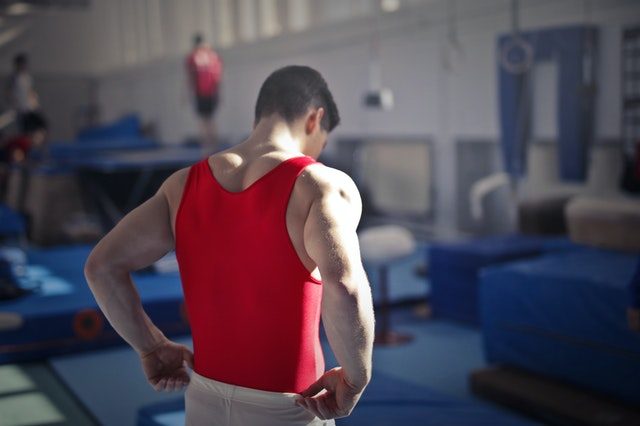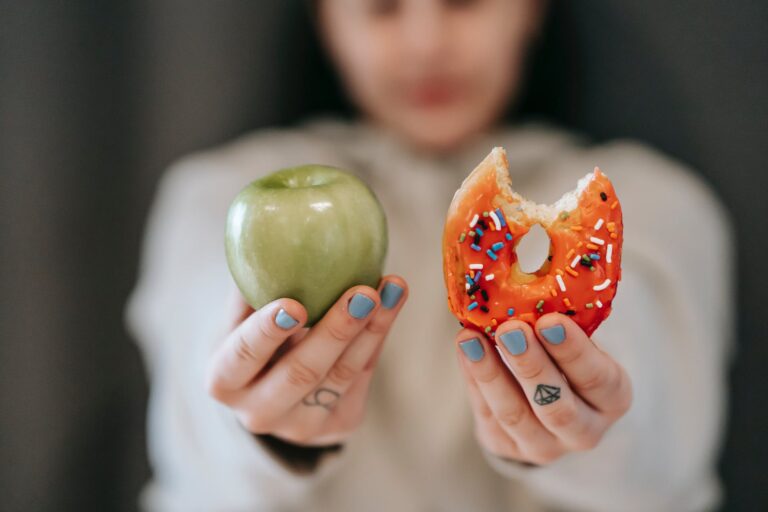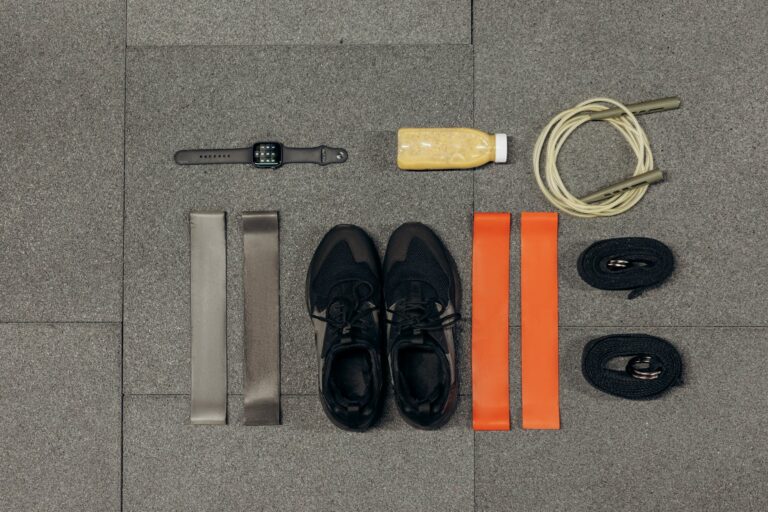I went a little mad during the Stay at Home order. Didn’t we all? But my madness manifested in an odd way: I entered over a half dozen Peloton giveaways on Instagram. Each one of these contests required that I follow about a dozen different Fitness influencers to be qualified to win. Only I make sure there aren’t any unqualified fitness gurus in them.
I follow a few influencers. Most of them were fitness or yoga versus fashion and beauty. Suddenly, Influencers flooded my feed, and as I scrolled, I realized that a lot of them post about diet, health, and fitness. A lot of them give advice.
Most of them shouldn’t.
So much faulty science. So many questionable ads and workout videos with horrible forms.
Few lifestyle influencers are qualified to give health advice.
This is also true of some fitness influencers. Many people who built their brands on health and fitness, don’t possess the training or the education to back the products they sell.
Keep these things in mind before buying a meal plan or working out alongside an influencer:
Do they have credentials?
Are they Registered Dietitians? Do they have a background in nutrition?
If the answer is no, save your money. Don’t buy their meal plan.
The credentialed fitness professionals I follow, don’t recommend meal plans because, more often than not, the rigid restrictions feed into the diet-binge cycle. Plus, fitness influencers don’t design meal plans to meet the needs of individuals. We all have different needs in regard to goals, caloric intake, macros, or even what foods we enjoy eating.
Take nutrition professionals out of the process and you end up with plans with huge quality control issues.
I speak from experience. In the past, I bought a few of these meal plans from a couple of different sources.
Once, during a bikini body challenge, I received an eight-week meal plan that instructed participants to eat less than 1200 calories a day. Some days were as low as 1000. When members of the community complained, they were told to eat an apple if they got hungry. The same company also advised multiple workouts a day with no rest days.
These unhealthy guidelines created a breeding ground for disordered eating.
On the flip side, a different meal plan from a popular fitness blogger had many guidelines for what to eat during what time of day in order to lose weight, but when I calculated all the calories, they equaled up to over 2000. For many people using the plan, that would keep them in the maintenance range rather than in a deficit.
How is their form?
Are they advising about the form? Are they even using the correct form?
When the Influencer isn’t a certified personal trainer, a yoga instructor, or a fitness professional, it’s possible they don’t know what they’re talking about. This could include the basic way they structure workouts but also how they perform or instruct basic movements.
During my yoga teacher training, I noticed flawed forms on so many yoga Instagrams. Basic things like foot alignment during warriors, or the severity of an elbow bend during chaturanga.
Yet these yogis had thousands of followers.
Truth is, a lot of influencers don’t know the proper form. And because they don’t know it, they can’t teach it. This is an enormous problem with lifestyle influencers who post videos of their workouts and encourage followers to exercise with them. Often, with no disclaimer.
They can’t instruct their followers on how to perform an exercise, and this leaves their followers vulnerable to injury.
By the way, if you’ve been suffering from any such painful injury then you can try chiropractics too, it’s gentle, safe, and effective.
Look, I get it. I have been there. Personal trainers are expensive. A PDF eight-week workout plan is only $11.
But if you’re spending the money, it should include form instruction. And since you move in movements, it should be more than just a photo of the exercise with zero explanation.

How much do they charge?
If you’re buying what they’re selling, how much are you paying? The products sold by fitness influencers may come with a markup.
Yes, you can buy a clean eating meal plan from your favorite influencer, but why spend $100 when there are so many clean eating blogs?
You could buy a 20-page instruction manual on macros from a non-credentialed fitness personality for $40 or you could buy a 120-page book about macros from a Certified Sports Nutritionist for $22. Why pay $18 more for cliff notes organized into a graphic-heavy PDF with pretty fonts?
A lot of fitness influencers churn out new content every month with new trendy exercises or methods. This means, potentially, followers will buy a new plan once a month for about $15. These plans often come with no support and little to no exercise instruction.
Meanwhile, there are several subscription models from online health coaches and fitness professionals that include support staff, private group communities, and new workout plans every month. With detailed exercise instructions. These services cost about $20 per month. Yes, the Influencer plans cost less, but why pay for style over substance when a more effective workout is just $5 more per month?
What about that sponsored content?
Influencers are the modern version of door-to-door salespeople, except, instead of knocking on your door, they are hopping into your feed. Sometimes, these are amazing products that they use and love. But sometimes they aren’t.
Influencing is a business. They create sponsored content for the paycheck. That’s not an awful thing, but this can be a little controversial when the products being sold are supplements.
So many of these supplements are snake oil.
We’ve all heard about weight-loss teas, right? We know what they claim. Boost your metabolism! Suppress your appetite! Detox your body! Lose fat!
Bullshit.
We gain and lose weight via energy balance. When we eat more calories than we expend, we gain weight. When we consume fewer calories than we spend, we lose it. There’s not a beverage on earth that can trick that math.
Yet, we see these supplements on feeds even though the science isn’t there. In fact, the Food and Drug Administration doesn’t regulate these teas. Some may contain harmful chemicals. But even if they don’t, there’s nothing keeping these companies from making whatever claims they want.
What do skinny and detox teas do? Most of them tell customers to drink them in conjunction with a healthy, whole-food, diet, and while adhering to a vigorous exercise plan to help the detoxification process. When a customer makes these two lifestyle changes while doing the tea cleanse, they’ll see results just from the diet and physical activity alone.
Meanwhile, detox teas usually have high levels of caffeine or other diuretics, causing customers to lose water weight. This gives the illusion of fat-burning results when body composition hasn’t changed.
I saw so many ads for these teas from the influencers I followed in my quest to win a Peloton.
The detox teas were the most alarming products I saw promoted, but there was still a wide range of fitness clothing, equipment, and foods. Again, it’s part of an influencer’s goal to influence how we shop, but we should keep in mind that just because someone features a product, that doesn’t mean they use that product.
And by purchasing, we aren’t emulating their lifestyle but funding it.
How do they make you feel?
We discussed this in last week’s article about the comparison. Worth repeating because this is the most important question of all!
How do influencers make you feel?
Feel inspired and uplifted by their content? Great! Keep following them!
But, do you compare your life to the image they project? Do you scroll and feel lacking? Like you aren’t stylish enough, don’t have enough money, aren’t thin enough…just aren’t enough?
Then unfollow!
With influencers, we must remember that the content we consume is meticulously crafted to present a happy, stylish, affluent life. One worth of aspiring to.
What we don’t see are photos of their bathroom sink when it is a mess, footage of fights with their boyfriends, or pics of them in mismatched loungewear, eating a pint of halo top, and watching Bravo when they have PMS.
We see the images that make sales. Not the realness.
Influencer culture has turned our feeds into nonstop polished, magazine-quality, advertisements.
If consuming that content influences you to spend above your means, complicates your relationship with your body, or compromises your self-worth, unfollow!









